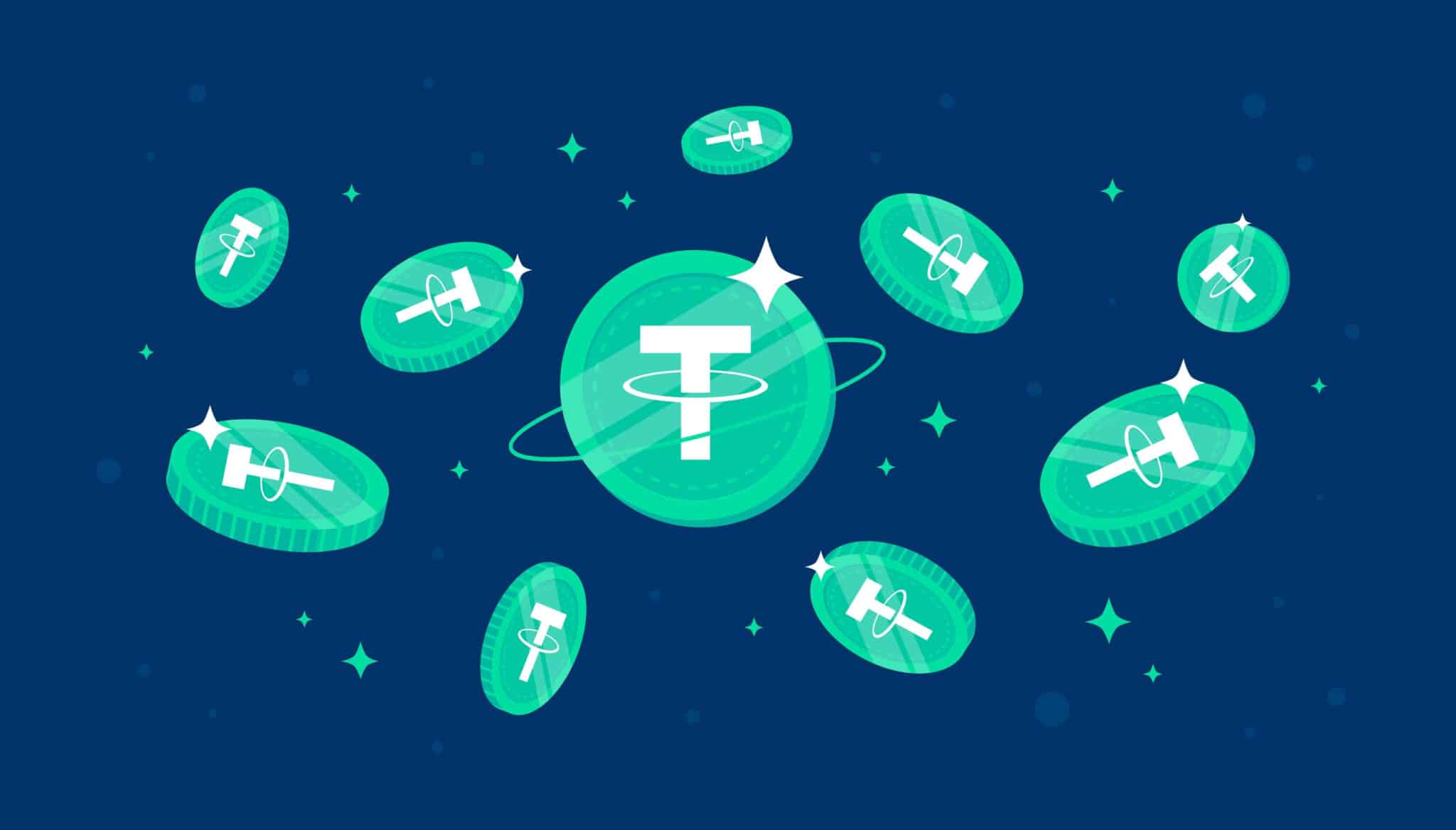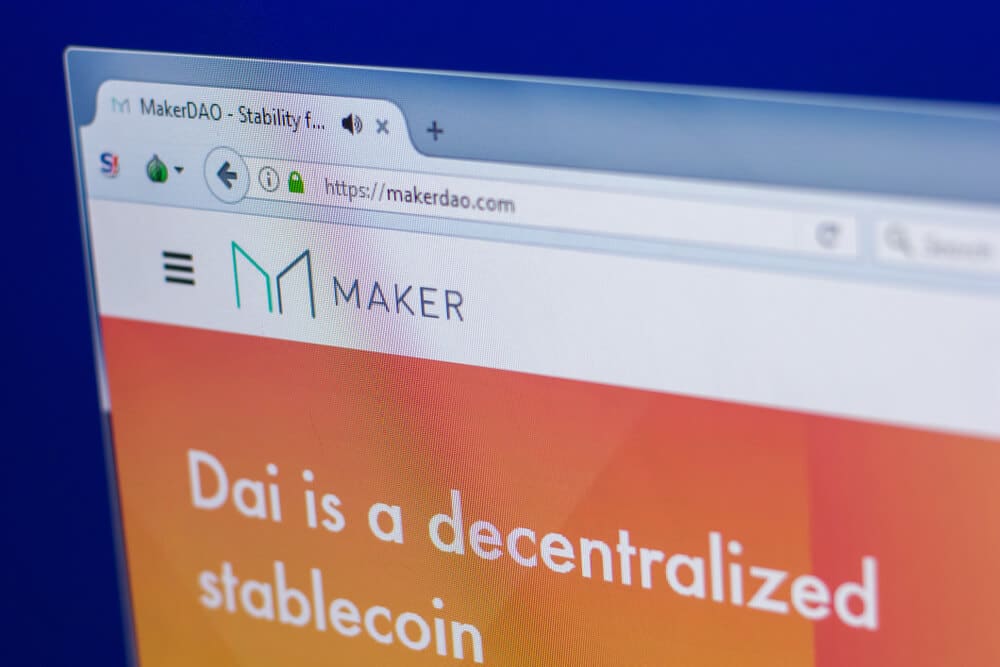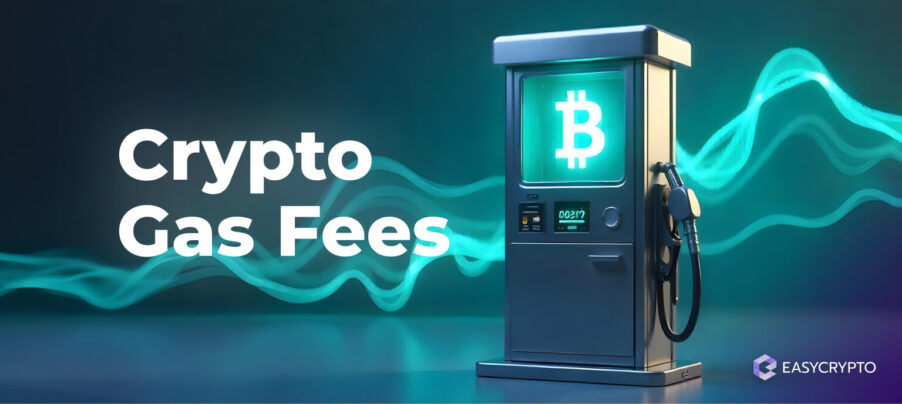What Are Stablecoins? How Do They Work?
The crypto space is a market that is often defined by high volatility and unpredictable fluctuations. This is in contrast to their fiat counterparts such.


The crypto space is a market that is often defined by high volatility and unpredictable fluctuations. This is in contrast to their fiat counterparts such as the U.S. Dollar or precious metals such as silver and gold.
In the midst of this, stablecoins provide the best of both worlds – the stability of fiat currencies and the flexibility of cryptocurrencies. So, what are stablecoins, and how do they work?
What are stablecoins?
A stablecoin (or stable coin), is a type of cryptocurrency whose value remains pegged to the value of a certain fiat currency or other underlying assets, such as gold.
Stablecoins were conceived because many (if not all) cryptos are highly volatile, and so a more stable medium of exchange was in demand.
For example, one Bitcoin cost $52,224 one day and $56,600 the next day. That’s an 8% increase in purchasing power in a single day — a win for buyers, and frankly quite irritating to sellers. The opposite can also be true if a cryptocurrency dips in value.
Stablecoins offer stability and confidence that the value of the cryptocurrency will remain the same after a short period of time. That being said, there is no guarantee that the purchasing power of stablecoins will be the same after a few years.
Stablecoins that are pegged to fiat currencies will experience a decrease in purchasing power along with the natural inflation of the fiat currency to which they are pegged.
Such stablecoins are not a hedge against inflation. However, some are pegged to assets that are not affected by inflation, such as gold, and will likely increase in value over time.
How much for a stablecoin? Check the latest stablecoin rates with our crypto tracker.
How do stablecoins work?
Unlike traditional crypto coins, stablecoins cannot be evaluated based on their price-performance (hint: it’s stable and pegged!). We can, however, look at how they are stabilised. There are actually three variants of stablecoins based on the mechanism which gives them their stability:
1. Fiat-collateralised stablecoins.
2. Crypto-collateralised stablecoins.
3. Non-collateralised algorithmic stablecoins.
Without diving head-on into the technical rabbit hole, we’ll give you a brief explanation of how each variant works, and what it means to the security and future potential of the stablecoin.
Fiat-collateralised stablecoins
We should first say that stablecoins that are pegged to commodities still fall under this category, such that the term “fiat-collateralised” is a slight misnomer. Don’t worry about it — the mechanism for stabilisation for fiat and commodity-backed stablecoins are similar.
Now, the concept of collateral may seem confusing in this context. You offer fiat currency as collateral in exchange for a stablecoin.
This is completely backwards from how we are used to dealing with debt — we usually offer something else as collateral in exchange for money (in fiat currency).

Fiat-collateralised stablecoins are the most popular variant of stablecoins. They are easily understood by most people.
The first-ever stablecoin, Tether, exchanges exactly one US dollar for every one USDT created or minted. When one USDT is redeemed, Tether Ltd. transfers one US dollar to the redeemer, and the redeemed USDT is destroyed.
It doesn’t get any simpler than that. The US dollar (or other fiat currencies) that is held in a reserve by the issuer is often claimed to be 100% encumbered (or locked-in) to ensure high solvency and maintain people’s trust in the stablecoin.
The inherent weaknesses of fiat-collateralised stablecoins
Complete reserve backing hasn’t always been the case, especially with the transparency crisis suffered by Tether Ltd. Although it still owns the biggest share in the stablecoin market, Tether allegedly used its reserves to fund losses incurred by Bitfinex in 2018.
On a previous case, Tether had failed to provide a full account on their reserve balance. The website previously had falsely claimed that “tether is always backed 1-to-1, by traditional currency…” where in reality, a portion of the reserve is represented by non-liquid assets and loan receivables.
Furthermore, they are centralized entities with governmental oversight and influence, having the power to block addresses and freeze accounts, according to protocols such as the anti-money laundering protocol. Many proponents of decentralised finance dislike the idea of a centralised financial blockchain.
Despite the inherent weaknesses of fiat-collateralised stablecoins, they are useful tools to help people enter the blockchain network, especially for absolute beginners.
Many USDT owners don’t use stablecoin to buy their groceries — although this may be a possibility in the future. As of now, stablecoins are primarily used to swap cryptos and easily transfer between wallets across the globe without relying on expensive banking facilities.
Other notable examples of fiat-collateralised stablecoins include Tether (USDT), USD Coin (USDC), and True USD (TUSD).
Looking to buy? Click here to purchase stablecoins at Easy Crypto.
Crypto-collateralised stablecoins
Owing to the potential risks of a centralized issuer of stablecoins, crypto-collateralised stablecoins were conceived, and live entirely on the blockchain. New stablecoins of this variant are created by locking in cryptocurrencies as collateral.
A stablecoin such as Dai is still pegged to the US dollar, but it is backed by Ether on the Ethereum blockchain. This means, in order to create new Dai, you will need to deposit your Ether in a smart contract. The Ether that you use as collateral is then completely locked in.
The code of the smart contract handles the exchange and redemption, without the need for a trusted third-party, and high solvency is always guaranteed.

A question remains, how will a stablecoin retain its value in the volatile crypto world?
MakerDAO (DAI) softly maintains its value relative to the US dollar using a series of financial incentives to the Ethereum network participants, such as interest rates, price differences with fiat currency, arbitrage (i.e. price differences between crypto exchanges), and the economics of supply and demand.
The Dai depends on rational agents who buy/sell/borrow/return DAI to keep the value of the stablecoin within an acceptable range, thus a larger market cap will always be beneficial for crypto-collateralised stablecoins.
For more technical details, see MakerDAO’s whitepaper on the Dai stablecoin.
The inherent weaknesses of crypto-collateralised stablecoins
As with anything that lives on a decentralised network, there is no customer support or regulators that can help you recover lost funds if, for example, you sent your crypto to the wrong address, or if you are unable to pay back your Dai and seek to refinance your loans.
Smart contracts aren’t “smart” in a sense that they know exactly what each human user needs.
Smart contracts are strict computer programs that are incorruptible and immutable by anyone, and provide no leeway unless the programmer has made an error in the creation of the smart contract to begin with.
Other examples of crypto-collateralised stablecoins include Synthetix (SNX), EOSDT, and Money On Chain.
Algorithmic stablecoins
The latest additions of crypto stablecoins evolved from experimental thinking — what if stablecoins don’t actually need collateral?
Algorithmic stablecoins allow AI and price-sensitive algorithms to dynamically change the supply of the stablecoin in circulation, such that each holder still has the same purchasing power even if the total supply and demand for the stablecoin changes.

There are various protocols that attempt to stabilise the value of these coins at a target price. Ampleforth stablecoin uses what’s called a rebasing function, which essentially increases or decreases the balances of every holder’s wallet in order to regulate the unit price per coin owned.
Terra stablecoin uses what’s called a seigniorage shares protocol that addresses Ampleforth’s issue of the volatile supply of the stablecoin, and instead increases the supply of a tandem token, Terra’s Luna token. Investors of Luna also benefit from incentives for assuming the risk in the price volatility of the Luna token in the service of the Terra stablecoin.
The inherent weaknesses of algorithmic stablecoins
The aforementioned mechanisms are cutting-edge technology even in crypto-economics, and it takes time for investors to understand and to see their effectiveness. A great number of algorithmic stablecoins emerged in 2020; the technology still requires time to prove itself before it can capture a significant market share.
The reason why you’re hearing them a lot on the news lately is that these stablecoins are still undergoing large volatility as the market cap is still small. Naturally, the algorithm will incentivize rational agents to stabilise the price by buying and selling the stablecoins. This is good for traders, but probably not good for the average investor.
As you would expect, those who profit off the “algorithmic stablecoin market” tend to be the most vocal. We would need to wait a few more years until the ‘hype’ settles and the stablecoin reaches its fullest potential.
What is a collateral?
Now that we’ve covered the different classification of stablecoins, let’s take a closer look the concept of collateral itself.
When we deposit our hard cash into a bank, we essentially tell the bank to promise us that they’ll pay on our behalf when we use their debit card or online banking services. The bank effectively ‘translates’ our hard cash into a number on our account’s balance sheet.
Stablecoins, however, don’t work the same way. When you go to an exchange, you don’t deposit money for stablecoins. You offer collateral in exchange for stablecoins.
This collateral can be anything from crypto assets, commodities (e.g. gold), or simply fiat currency. This collateral is used by the issuer to help other users redeem stablecoins back into equal-value asset.
Technically speaking, the stablecoin is a debt (an IOU), whereby in giving this IOU to a recipient, you’re essentially promising to the recipient that the purchase will be paid for in fiat currency, as soon as the seller redeems the stablecoin.
Yes, it does sound like you are borrowing stablecoins against an asset, be it a cryptocurrency, fiat currency, or other. Therefore, when you choose to buy a stablecoin, always remember this:
The power of a stablecoin lies in the solvency of the issuer, in how well can they redeem the stablecoin for assets of equal value.
Takeaways
The beauty of stablecoins is that they are crypto assets that are used to interact between the mysterious realm of the blockchain and the familiar financial system that has built our society for so long.
Ultimately, it is up to you to decide where your wealth will reside. Do you prefer a regulated stablecoin that has the benefit of blockchain technology for time and cost-efficient transactions? Do you believe in the power of the blockchain economy and the immutability of code?
Get started: Click here to buy or sell stablecoins at Easy Crypto.
We hope this article has been insightful for those of you just jumping into the crypto space, or even seasoned traders looking to diversify their investment portfolio.
For the latest information, updates, and insights on all things, crypto explore our learning Hub to deepen your understanding of cryptocurrencies.
Share to
Stay curious and informed
Your info will be handled according to our Privacy Policy.
Make sure to follow our Facebook, Twitter, Instagram, and YouTube channel to stay up-to-date with Easy Crypto!
Also, don’t forget to subscribe to our monthly newsletter to have the latest crypto insights, news, and updates delivered to our inbox.
Disclaimer: Information is current as at the date of publication. This is general information only and is not intended to be advice. Crypto is volatile, carries risk and the value can go up and down. Past performance is not an indicator of future returns. Please do your own research.
Last updated July 18, 2024





